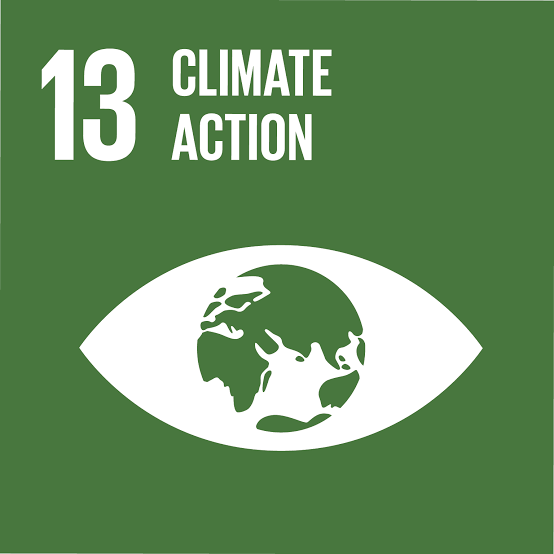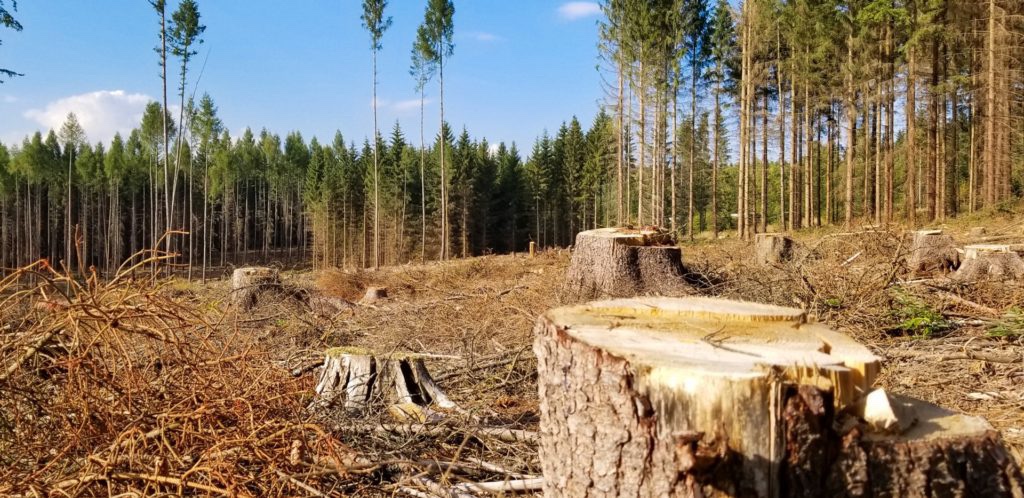Environmental Issues: Three of a Kind

Our environment is constantly changing, and this fact cannot be denied. Consequently, as our environment changes, so does the need to increase public perception of the associated problems. With a massive influx of natural disasters, periods of warming and cooling, varied weather patterns, and much more, people need to be aware of the environmental problems faced by our planet. Global warming has become an indisputable fact of our current livelihood; our planet is warming and we are definitely part of the problem.
However, this is not the only issue that should concern us. Around the world, people are faced with a plethora of new and challenging environmental dilemmas every day; some are small and affect only a few ecosystems, while others are able to drastically change the landscape that we are familiar with.

ON POLLUTION
There are 7 key types of pollution: air, water, soil, noise, radioactive, light and thermal'and these are the primary causes that affect our environment in so many ways. As all these types of pollution are interlinked and influence one another, we need to tackle them altogether.
With industry and motor vehicle exhaust being the number one pollutants, several other examples of toxins responsible for pollution include heavy metals, nitrates, and plastics. A result of these toxins, Earth's air, water, and soil are continuously being polluted, and these kinds of pollution require millions of years to recoup. While water pollution is caused by (but not limited to) oil spill, acid rain, and urban runoff, soil pollution is mainly caused by the industrial waste that deprives soil from essential nutrients.
Another kind of pollution, air pollution, can be defined as the presence of toxic chemicals or compounds (including those of biological origin) in the air, at levels that pose a health risk. This is caused by the various gases and toxins released by industries and factories, and the combustion of fossil fuels.
According to a study by National Geographic, people experience a wide range of health effects from being exposed to air pollution'which can be further broken down into short-term effects and long-term effects. Short-term effects include illnesses such as pneumonia or bronchitis, in addition to discomfort such as irritation to the nose, throat, eyes, or skin. Headaches, dizziness, and nausea are also short-term side effects of air pollution.
On the other hand, long-term effects of air pollution can last for years or for an entire lifetime, and can even lead to a person's death. These include heart diseases, lung cancer, and respiratory diseases like emphysema. Air pollution can also cause damage to people's nerves, brain, kidneys, liver, and other organs. Some scientists even suspect that air pollutants cause birth defects.
People react differently to different types of air pollution. Young children and older adults, whose immune systems tend to be weaker, are often more sensitive to pollution. Conditions such as asthma, heart disease, and lung disease can be made worse by exposure to air pollution. Nearly 2.5 million people die worldwide each year from the effects of outdoor or indoor air pollution, yet, even with this knowledge, people still remain ignorant to the pollution's harmful and devastating effects to us and to our planet.

ON GLOBAL WARMING
Global warming is the long-term heating of Earth's climate system observed since the pre-industrial period (between 1850 and 1900) due to human activities, primarily fossil fuel burning, which increases heat-trapping greenhouse gas levels in the Earth's atmosphere. The term is frequently used interchangeably with the term climate change, though the latter refers to both human--and naturally produced warming and the effects it has on our planet. It is most commonly measured as the average increase in Earth's global surface temperature.
Since the pre-industrial period, human activities are estimated to have increased Earth's global average temperature by about 1 degree Celsius, a number that is currently increasing by 0.2 degrees Celsius per decade. It is unequivocal that human influence has warmed the atmosphere, ocean, and land.
Global warming is something we can feel even right now and if we don't stop it, disastrous events will eventually occur. Heat waves, heavy downpours and sea level rise pose growing challenges to many aspects of life in the Northeast. Infrastructure, agriculture, fisheries, and ecosystems will be increasingly compromised. Changes in the timing of streamflow reduce water supplies for competing demands.
Sea level rise, erosion, inundation, risks to infrastructure and increasing ocean acidity pose major threats. Increasing wildfire, insect outbreaks and tree diseases are causing widespread tree die-off. Sea level rise poses widespread and continuing threats to the region's economy and environment.

ON RESOURCES DEPLETION
Resources depletion refers to the situation where the consumption of natural resources is faster than it can be replenished. The natural resources, which contribute at large to the economic development of a nation, can be divided into renewable resources and non-renewable resources.
Current patterns of energy and natural resource use, agricultural practices, and urbanization appear to be largely unsustainable and require urgent remediation. The consumption pattern of natural resources does not seem to be justifiable, and can result in economic downfalls for the nation.
[Continued from page 22]
Population explosion is acting as a catalyst for resource depletion. Consumption patterns--if not addressed--will lead to irreversible climate change and declined economic growth, as a result of increased social, economic, and environmental costs and decreased productivity. In order to achieve economic growth, developing countries are abusing their lands on the grounds of economic interests.
Whether it is in the form of air and water pollution, deforestation, and soil erosion or the extraction of natural resources itself, the fact is that developing countries are currently accounting for remarkable depletion of natural resources. It seems evident that much of the economic growth activities enforced by governments, account for significant resources depletion.
Additionally, developing countries remain largely dependent on exports of natural resources to generate economic dividends. Withstanding, pulling raw material from forests to fulfill exportation needs is subject to enormous domestic and international pressure, causing overexploitation of the natural resource base.
Furthermore, it is highly relevant to add that the disproportional level of resource exploitation is caused by economic policies. Resource utilization has always been part of human history; however, the acceleration of economic growth activities together with the pursuit of an urgent economic development is the core cause of resources overexploitation.
In conclusion, one may argue that economic growth and associated development usually result in increased levels of resource exploitation. However, that is not to say that an inevitable consequential relationship exists between these trends. It seems evident that developing countries pursuing rapid economic growth disregard environmental concerns.
By: Christopher Nathan, Secondary 2 Integrity






